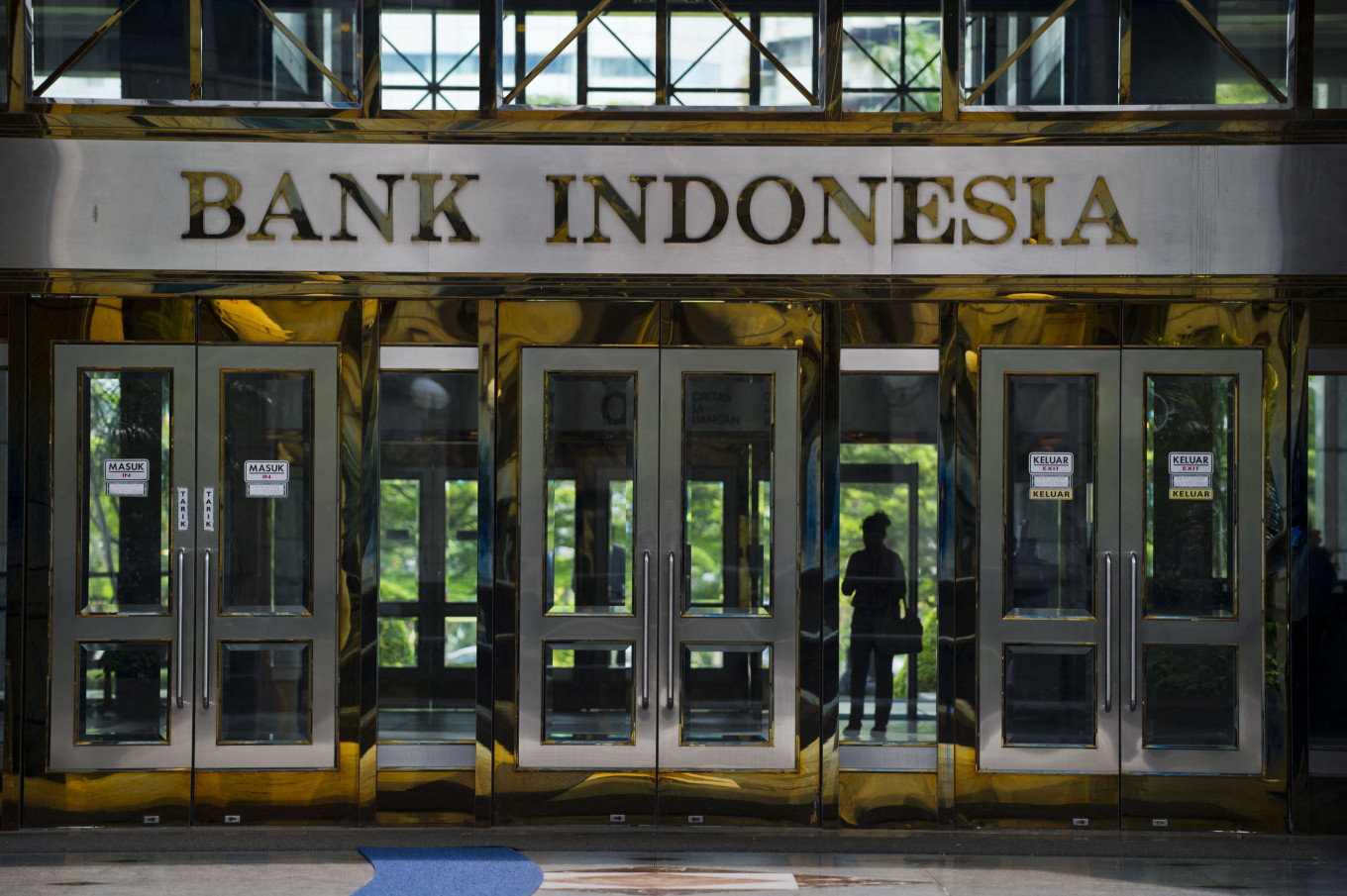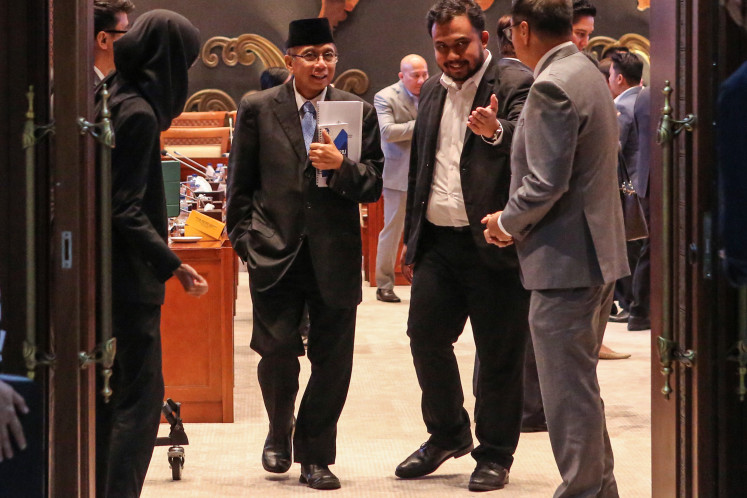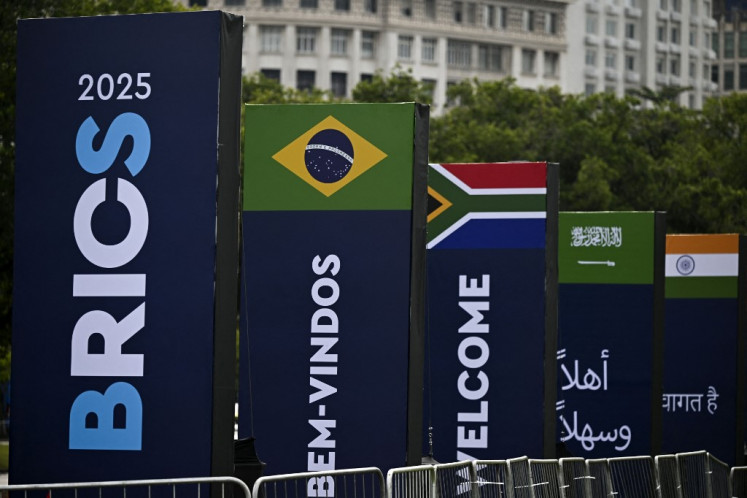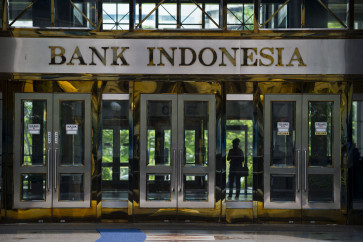Popular Reads
Top Results
Can't find what you're looking for?
View all search resultsPopular Reads
Top Results
Can't find what you're looking for?
View all search resultsBank profitability amid low credit growth
The portion of banking funds with lower interest rates is quite high and tends to increase in line with the higher acquisition of demand deposits and saving accounts.
Change text size
Gift Premium Articles
to Anyone
I
t is common knowledge that the banking sector’s profitability follows lending growth. This procyclical behavior of bank profitability is inseparable from lending activity as the main banking role. An expanding economy will stimulate demand for bank credit. Banks usually get the bulk of their income from the interest they charge on loans to borrowers.
However, the profits of the banking sector until the third quarter of this year increased by 22.9 percent to Rp 104.61 trillion (US$7.47 billion) from Rp 85.12 trillion in the same period last year, while the industry’s lending only grew 2.21 percent. The question then is how have the banks generated these profits?
One reasonable explanation to the question is the very low base effect from 2020 when in the third quarter bank profits fell on a year-on-year (yoy) basis by 27.61 percent to Rp 85.12 trillion. Another factor is the net interest margin of banks, or the difference between the interest banks received and the interest they paid to depositors, which rose by 12.94 percent while the amount of non-performing loans and restructured loans increased.
The rise in the net interest margin was driven more by the 16.18 percent decline in interest expense, deeper than the 2.47 percent decline in interest income. Hence, the high net interest margin could cover the overhead costs.
The trend shows that the decline in interest expense has played an important role in bank profits, caused by the lower costs of funds from depositors, or third-party funds (DPK). Bank Indonesia (BI) data show that the cost of DPK in the third quarter of 2021 averaged only 2.12, against 3.17 percent in the third quarter of 2020 and 3.71 percent in the same period in 2019.
Time deposit interest rates at major banks such as BRI, Mandiri, BCA and BNI currently range from 2.35 to 2.85 percent for tenors of 1-12 months, while the interest rates on demand deposits and individual savings range from 0 to less than 2 percent. A minimum deposit balance of Rp 1 billion usually gets the highest interest.
The low cost of DPK also relates to the funding structure. Currently, the portion of banking funds with lower interest rates is quite high and tends to increase in line with the higher acquisition of demand for deposits and saving accounts. The ratio of cheap funds in the third quarter of 2021 was 59.72 percent.



















